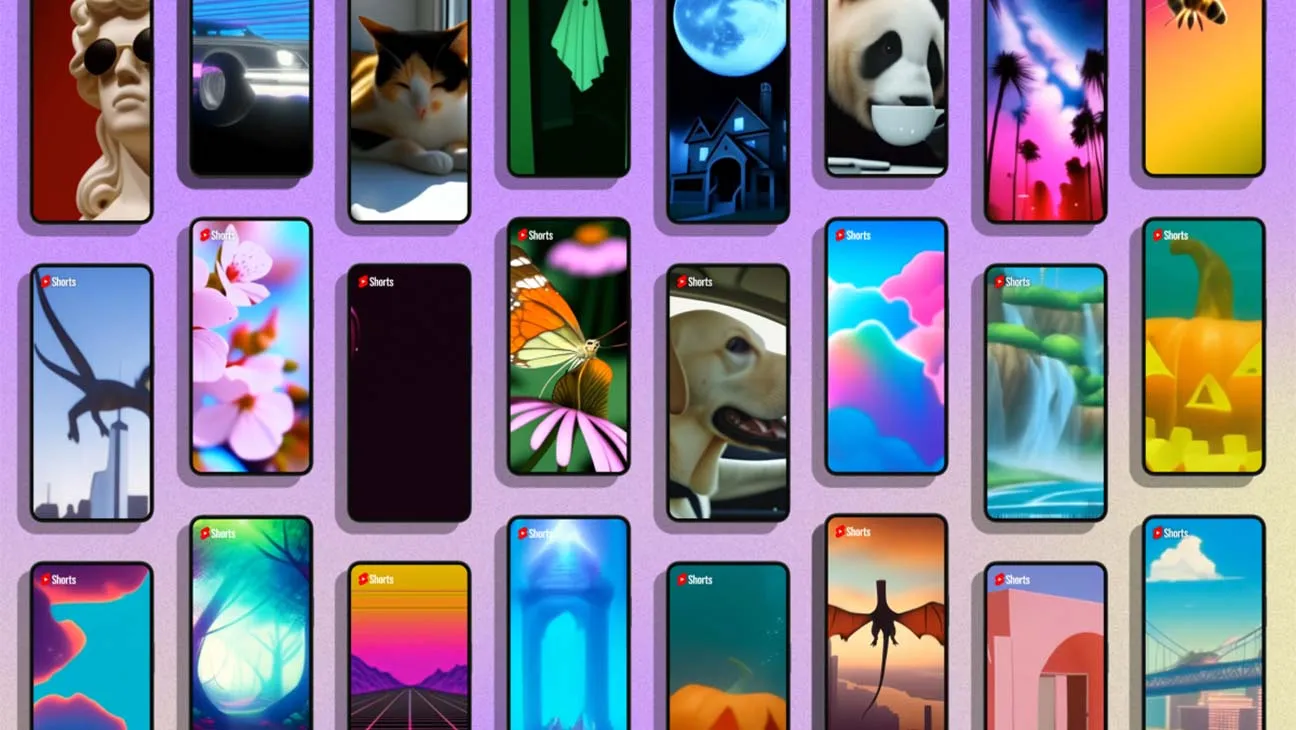Title: The Rise of Generative AI: Transforming Creativity and Innovation
Introduction
Generative AI is one of the most exciting advancements in artificial intelligence today. Unlike traditional AI, which is primarily focused on analyzing data and making predictions, generative AI is designed to create new content, whether it be text, images, music, or even complex designs. This transformative technology is reshaping various industries, from entertainment to healthcare, and is poised to revolutionize how we approach creativity and innovation.
Understanding Generative AI
At its core, generative AI refers to algorithms and models that can generate new data samples based on patterns learned from existing data. The technology utilizes advanced machine learning techniques, particularly deep learning models, to create outputs that resemble human-generated content. Key techniques include:
Generative Adversarial Networks (GANs): GANs consist of two neural networks—a generator and a discriminator—that work against each other. The generator creates new data samples, while the discriminator evaluates their authenticity. Through this adversarial process, GANs produce highly realistic content.
Variational Autoencoders (VAEs): VAEs are designed to encode input data into a compressed representation and then decode it back into new, similar data. They are useful for generating variations of existing data and are widely used in tasks like image and speech synthesis.
Transformers: Transformer models, like GPT (Generative Pre-trained Transformer), excel in natural language processing. They generate coherent and contextually relevant text based on the input they receive, enabling applications in writing, translation, and dialogue systems.
Applications Across Industries
Generative AI’s impact is being felt across a wide range of sectors:
Entertainment and Media: In film and gaming, generative AI is used to create realistic characters, landscapes, and special effects. Scriptwriting and story generation are also areas where AI can assist by generating plot ideas or dialogue.
Design and Art: Artists and designers leverage generative AI to explore new creative possibilities. Tools powered by AI can assist in creating unique visual designs, music compositions, and even architectural plans. AI-driven art can blend styles or create entirely new aesthetics.
Healthcare: In medicine, generative AI helps in drug discovery by predicting how different compounds will interact. It also contributes to personalized medicine by analyzing genetic information and suggesting tailored treatment plans.
Education and Training: Generative AI can produce educational content and simulate realistic training environments. For example, it can generate practice problems, interactive simulations, or even virtual teaching assistants.
Business and Marketing: Companies use AI to generate marketing content, such as ad copy, product descriptions, and customer engagement materials. It also helps in automating routine tasks, allowing professionals to focus on more strategic activities.
Challenges and Ethical Considerations
Despite its potential, generative AI poses several challenges and ethical concerns:
Authenticity and Misinformation: Generative AI can create content that is indistinguishable from human-made work, raising concerns about misinformation and fake news. Ensuring the authenticity of information becomes crucial.
Intellectual Property: The use of AI to generate creative content raises questions about intellectual property rights. Determining ownership and originality when AI is involved in the creation process is complex.
Bias and Fairness: AI systems can inherit and amplify biases present in the training data. Ensuring that generative models produce fair and unbiased outputs is an ongoing challenge.
Security Risks: Generative AI can be misused to create deepfakes or other malicious content. Implementing safeguards to prevent abuse while fostering innovation is essential.
The Future of Generative AI
As generative AI continues to evolve, its potential applications will likely expand. Advances in technology could lead to even more sophisticated content generation and new forms of creative expression. Collaboration between AI and human creators will redefine boundaries and drive innovation in ways we are just beginning to explore.
In summary, generative AI is a groundbreaking technology with the power to transform creativity, enhance productivity, and solve complex problems across various domains. While challenges remain, the ongoing development and ethical management of this technology will shape its future impact and opportunities.
